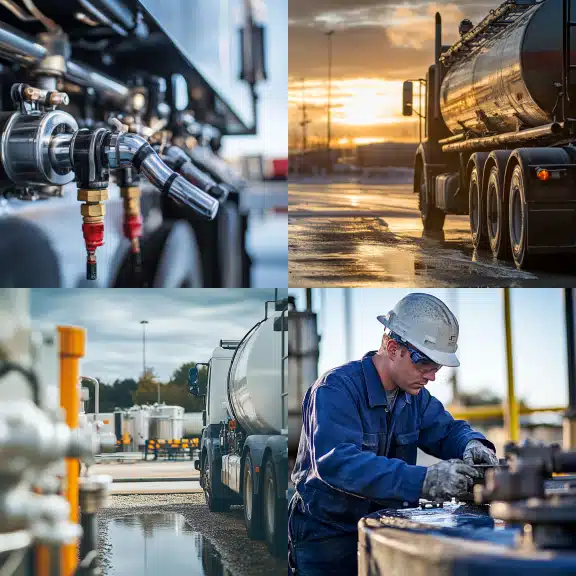
If your fuel water separator isn’t filling, the likely culprits are air leaks, clogged filters, or improper installation. These issues disrupt fuel flow, reduce system efficiency, and can damage your engine. Use a vacuum gauge or smoke test to detect leaks, clean or replace clogged filters, and ensure your separator is mounted upright and below the fuel tank. Prevent future problems with routine maintenance, quality fuel, and prompt drainage. For persistent issues, consult professionals like Red River for industrial-grade support.
Common Reasons Your Fuel Water Separator Isn’t Filling Up: Troubleshooting Tips
When your fuel water separator isn’t filling up properly, it can significantly affect engine performance, leading to costly repairs and breakdowns. Understanding why your fuel water separator fails to fill is crucial for maintaining optimal fuel system function and restoring proper fuel flow. Here are some common issues that might be preventing your fuel water separator from filling up and how you can resolve them.
Air Leaks in the Fuel System
Air leaks are one of the most common reasons why fuel water separators fail to fill up properly. These leaks, though often subtle, can disrupt the system’s vacuum, which is essential for drawing fuel into the fuel water separator.
Symptoms of Air Leaks:
- Bubbles in the fuel line
- Unstable engine performance
- Difficulty starting the engine
How Air Leaks Stop the Separator from Filling:
Air leaks disturb the vacuum needed to pull fuel into the fuel water separator, preventing it from filling up completely. This disrupts fuel delivery and can lead to engine performance issues.
Tools for Leak Detection:
- Vacuum gauge
- Smoke machine
- Visual inspection of clamps, gaskets, and connectors
Action Tip: Make sure all fuel line connections are sealed correctly to restore proper fuel flow.
Clogged Fuel Filter or Separator
A clogged fuel water separator filter is another frequent cause of filling problems. Over time, debris, water, or contaminants can build up in your fuel water separator, blocking fuel flow. Signs of a Clogged Fuel Water Separator:
- Engine performance suffers due to insufficient fuel flow through the fuel water separator
- Visible dirt or water accumulation in the fuel water separator bowl
- Fuel water separator takes longer than normal to fill
How to Clear a Clogged Fuel Water Separator:
- Regular fuel water separator maintenance is key. If your fuel water separator is clogged, cleaning or replacing the filter can restore proper function and prevent future blockages.
How to Repair a Fuel Water Separator that Won’t Fill Up
If your fuel water separator isn’t filling up, it’s important to take action quickly to prevent engine damage. Here’s how to restore your fuel water separator function:
1. Locate and Fix Air Leaks
Air leaks can prevent your fuel water separator from creating the proper vacuum needed for filling. Here’s how to identify them:
- Use a vacuum gauge to test your fuel water separator system pressure
- Apply a smoke machine to visualize where air enters the fuel water separator lines
- Inspect all fuel water separator connections, clamps, and fittings
Action Tip: Ensure all fuel water separator connections are properly sealed to restore vacuum pressure.
2. Clean or Replace the Fuel Filter
If your fuel water separator is clogged due to contamination, servicing the filter element can resolve filling issues. When to Clean vs. Replace Your Fuel Water Separator Filter:
- Light contamination: Clean the fuel water separator filter element
- Heavy contamination: Replace the entire fuel water separator filter
3. Proper Fuel Water Separator Installation and Positioning
Correct fuel water separator installation is crucial to ensure proper filling and efficient operation:
- Fuel Water Separator Positioning Guidelines:
- Mount the fuel water separator in an upright position
- Install the fuel water separator at a lower level than the fuel tank
- Position allows gravity to aid fuel flow into the fuel water separator
Fuel Water Separator Connection Requirements:
- Ensure all fuel water separator fittings are secure to prevent leaks
- Use proper torque specifications for fuel water separator mounting hardware
Action Tip: Verify your fuel water separator is securely installed and correctly positioned for optimal performance.
How to Keep Your Fuel Water Separator Working – Preventative Measures
Preventative **fuel water separator** maintenance ensures reliable operation and extends service life. These practices help maintain peak **fuel water separator** performance:
Fuel Water Separator Maintenance Schedule
- Schedule routine fuel water separator inspections monthly or as recommended
- Regular fuel water separator servicing prevents minor issues from becoming costly repairs
- During fuel water separator checks, inspect for cracks, leaks, or corrosion
- Address fuel water separator filter clogs promptly to maintain system efficiency
Quality Fuel for Your Fuel Water Separator
- Poor-quality fuel can overwhelm your fuel water separator with contaminants
- Use high-quality, low-sulfur fuel to reduce fuel water separator workload
- Fuel additives can enhance your fuel water separator’s effectiveness
When to Call in Professional Help
While many separator issues can be resolved through DIY solutions, some problems require expert intervention.
Signs You Need Expert Assistance
- Persistent Problems: If leaks, clogs, or pump issues persist despite troubleshooting, it may indicate deeper issues needing specialized tools or expertise.
- Finding Reliable Service: Contact a trusted professional, like the specialists at Red River LLC, who can diagnose and fix the issue while minimizing downtime.
Need a reliable partner?
Red River specializes in the design and manufacturing of pressure vessels. We also fabricate related items such as prefabricated spools and skid packages.
Reach Out to us today and experience the Red River difference. Where American Made and American Values come together, we care more.
Frequently Asked Questions
What are the common signs that my fuel water separator is not functioning properly?
A malfunctioning fuel water separator shows several warning signs. Common fuel water separator problems include hard cold starts, power loss, rough idling, or frequent stalling. You might also notice water or sediment bypassing the fuel water separator, which indicates the unit needs immediate service. When your fuel water separator fails to fill properly, address it immediately to prevent engine damage.
Can a fuel water separator prevent every drop of water from entering the engine?
These fuel water separators are designed to remove much of the water from the fuel before it gets to the engine, but it is not foolproof. Water will accumulate over some time inside the separator if not drained or serviced regularly. The residual water can enter the engine and cause corrosion, loss of efficiency, and eventual failure with time. Regular maintenance and inspections are critical to keep the separator doing its job of preventing water from reaching critical engine components.
How often should I drain my fuel water separator, and why?
Your fuel water separator requires regular draining to function effectively. Most fuel water separator systems need draining monthly or every 10-15 operating hours, depending on fuel quality and usage. Regular fuel water separator draining removes accumulated water and contaminants before they can bypass the system and reach your engine. Consistent fuel water separator maintenance ensures peak fuel system performance and prevents costly engine repairs.
What would be the reasons that make a fuel water separator fill up with water too fast?
If your fuel water separator starts filling up with water too fast, that may be because of several reasons. One such reason can be that you are using contaminated fuel containing greater proportions of water. A second probable cause could be due to a malfunctioning fuel tank vent allowing the entry of moisture into the fuel system. Moreover, the quantity can also increase due to environmental factors such as high humidity or fluctuation in temperature. All such issues must be dealt with in the least time possible rather than wasting any more time as an excessive amount of water in the fuel system may give birth to serious problems inside the engine.
In case the fuel water separator is not in order, does it need replacement of the whole unit or the individual repair of components?
It will depend on the nature of the problem as to whether the whole fuel water separator will be replaced or just specific components. Most cases, with problems like clogged filters worn-out seals, or damaged housing, are repairable without needing to replace the entire unit. However, where the damage on the separator has been acute, or repairs do not appear to resolve the problem, it is safer and more economically viable to replace the separator completely. With regular inspections and maintenance, problems could be identified early enough for the best cause of action through either repair or replacement.
Key Takeaways
- Air leaks in the fuel system are a top reason fuel water separators fail to fill—check all clamps and connections.
- Clogged filters block fuel flow; regular cleaning or replacement is essential for proper operation.
- Correct installation matters—mount separators upright and below the tank to aid fuel flow.
- Use high-quality fuel to reduce contaminants and water accumulation in the separator.
- Monthly maintenance helps catch small issues before they cause major engine damage.
- Red River’s experts provide trusted support and top-tier filtration solutions for industrial systems.
Related Blog Post
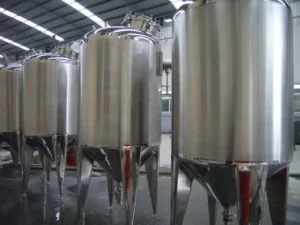
How a Glycol System Works
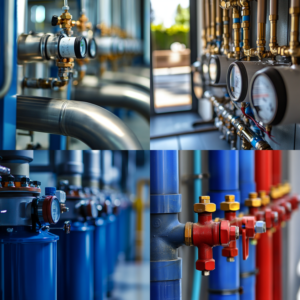
Ethylene Glycol Water: A Complete Heat Transfer Guide
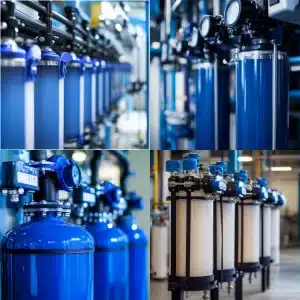
Water Filter Replacement
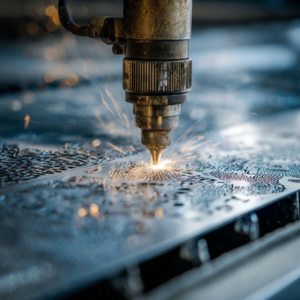
Why Use Stainless Steel Sheet Metal Fabrication?
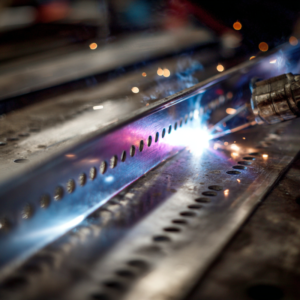
How Does Stainless Steel Sheet Metal Fabrication Work
No subpillar set for this blog post.
About Author

